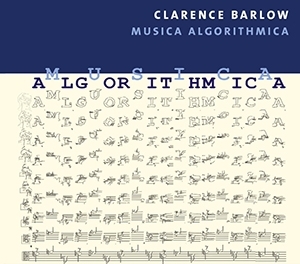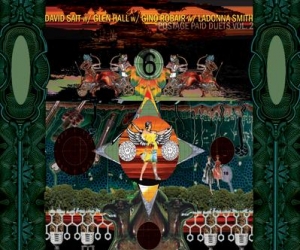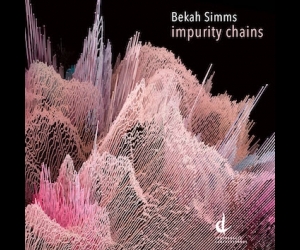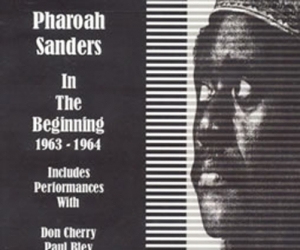
For a significant number of listeners, the idea of music being driven by an algorithm or other such organizational scheme can be a source of trepidation. And perhaps that’s justified. When the rigour of the formal features feels stronger than the material itself, the deficiencies of the latter tend to be magnified.
If this excellent career-spanning two-disc compendium is any indication, the elaborate processes (copiously illustrated in the liner notes) behind Clarence Barlow’s work extend from his formidable and ultradiverse ear. Rather than acting as a stabilizing force, they make way for self-subversion and unforeseen elements.
The first CD consists of three long works for larger ensembles. Im January am Nil offers an apt entry point into Barlow’s strange and fastidious universe. Lasting over twenty-six minutes, a spiralling, evolving contrapuntal figure unspools, apparently inflected timbrally with a sort of speech-derived pseudo-vocoding. Its harmonies are opaque, but its light, open gestures and microtonal sourness steer it clear away from grim atonality. Halfway through, there is a surprising, albeit perfectly musical, departure; and despite its Renaissance compositional tactics and quotations from the likes of Smetana, Tchaikovsky, and Sibelius, the three-minute interruption still feels somehow seamless, gliding easily back into its original trajectory. More mad-scientist than Sudoku-enthusiast in character, this dense esoteric ars subtilior-like collision of ideas and techniques encapsulates his general outlook.
Barlow wrote Piano Concerto No.2 in his teens and revised it thirty-odd years later, implementing historical time as a compositional parameter. The initial music resembles Rachmaninoff’s sensuousness rolled back to early Romantic conventions, but soon evolves along an imaginary historical timeline (from 1800 to 2000). Eventually, it’s hurtled through viscous electroacoustic embellishments, before retreating to 1800. It’s a hallucinatory listen, and the work’s perverse sense of humour that doesn’t at all diminish its sincere import.
The second disc has a more focused scope, but the pieces are no less colourful or imaginative, encompassing everything from a serialized 1966 trio to a curious 2006 work derived both musically and textually from Prince’s smutty hit “Sexy MF.” There are also two versions of the more minimal series ...until…, the brief microtonal murmur of vinto e cinco aneis, and the clarinet quartet Pinball Play. More iterative works betray a vague kinship with Aldo Clementi, who manages a parallel synthesis of structural elegance, novel sonics, and slow-seeping whimsy.
As soberly constructed as it is mind-altering, this wild set is a welcome addition to both the World Edition catalogue and Barlow’s slim discography.


